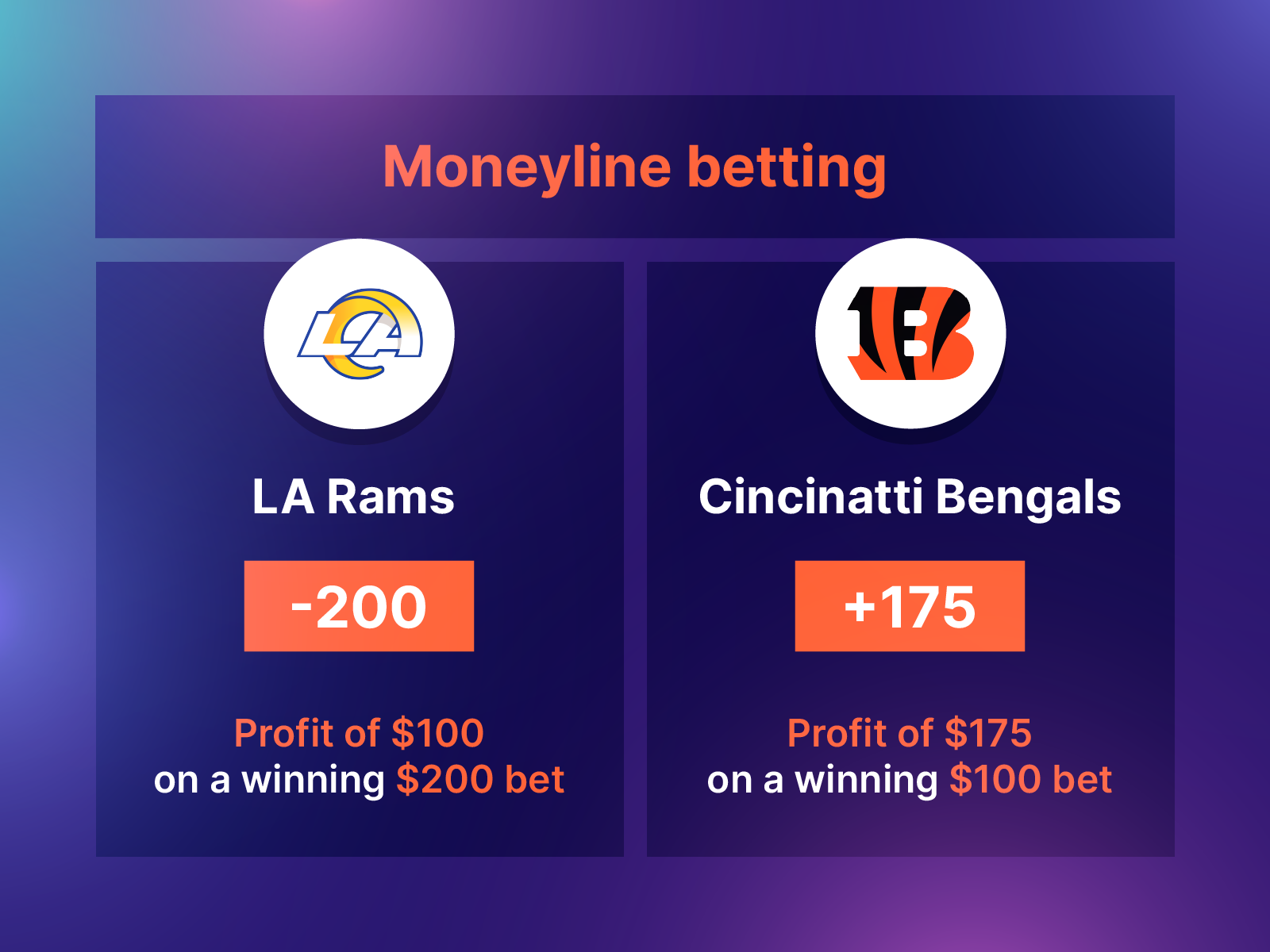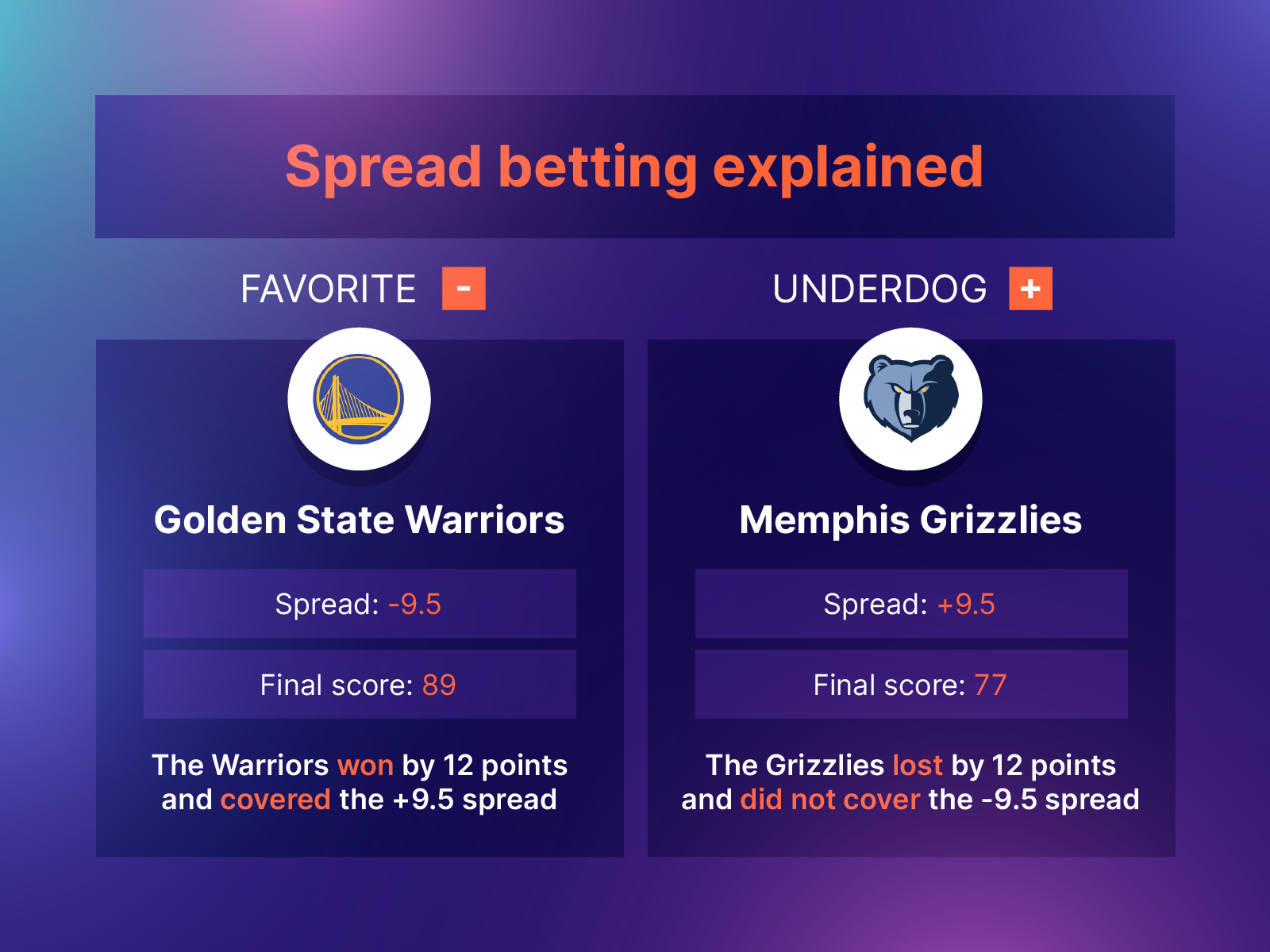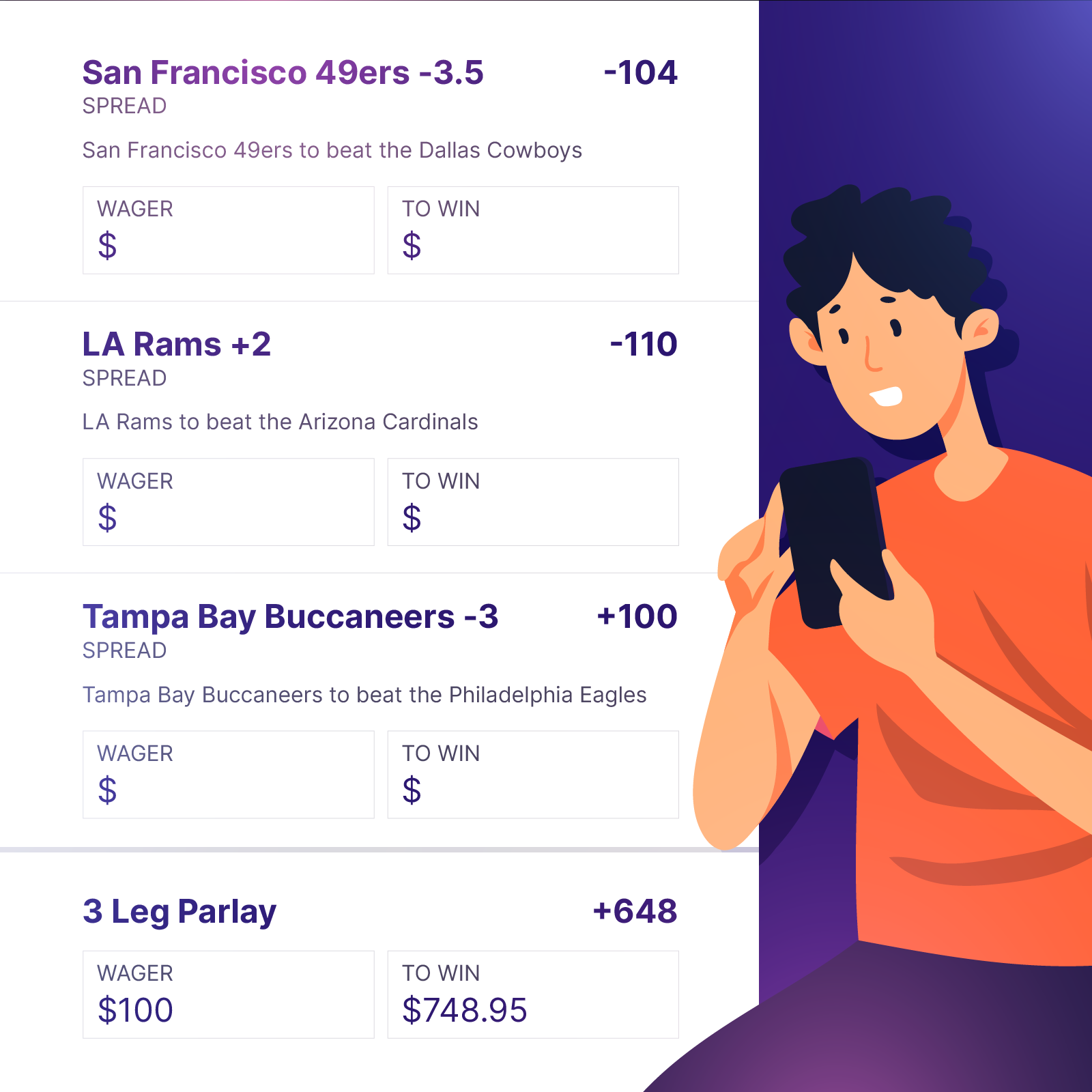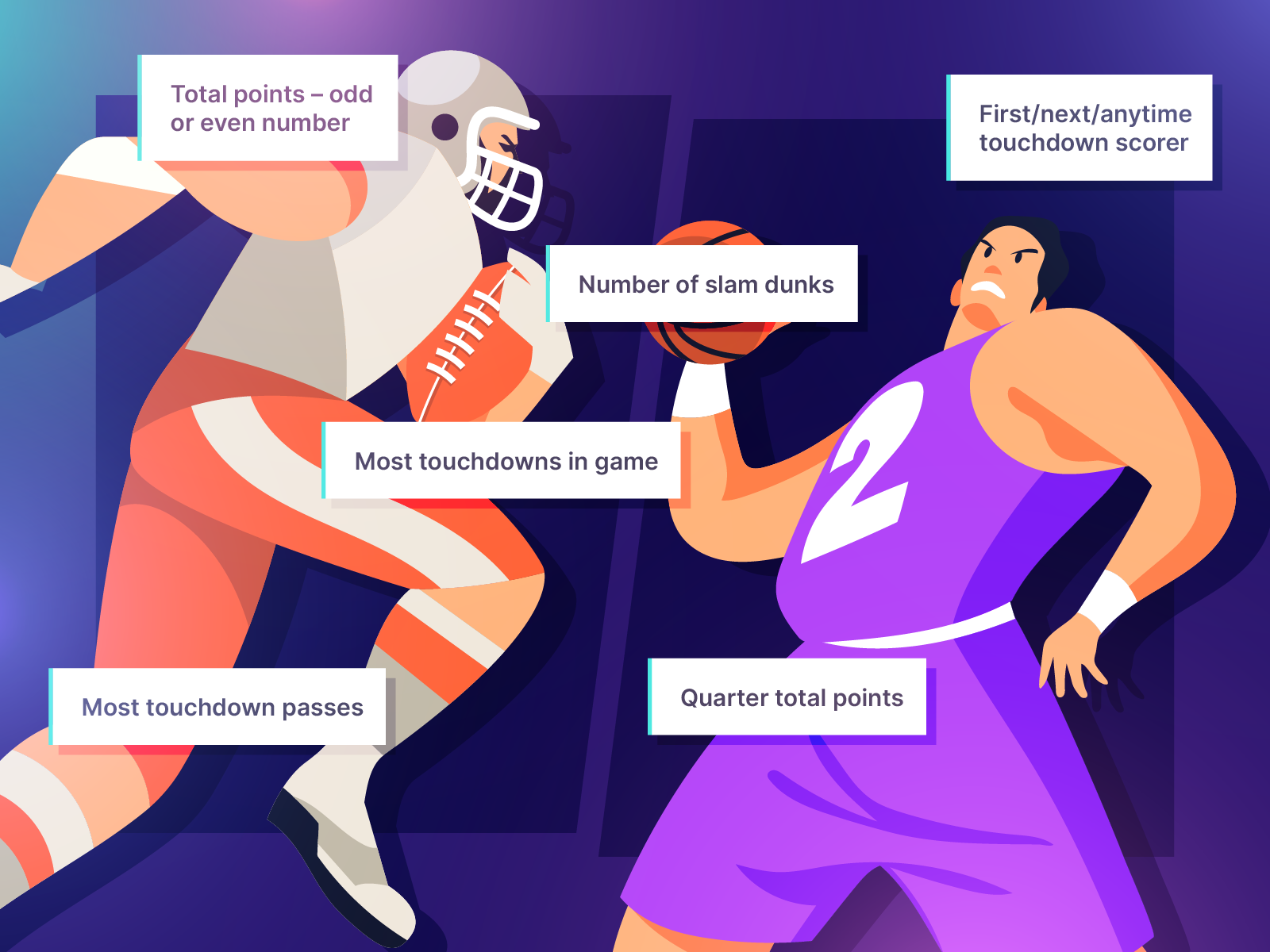Essential Sports Betting Types: A Beginner’s Guide to the Six Most Common Wagers

Understanding the Growth of Sports Betting in the United States
The landscape of sports betting in America has undergone a dramatic transformation since the US Supreme Court's 2018 decision to overturn the Professional and Amateur Sports Protection Act (PASPA). As a result, states now have the authority to implement their own regulations regarding sports wagering, leading to the legalization of online and retail sportsbooks in over 30 states. Before getting started, it’s crucial for prospective bettors to review the specific betting laws in their home state to ensure compliance.
One challenge that newcomers face is the sheer variety of betting options available. For those just starting out, understanding the most common types of bets is essential to developing successful wagering strategies.
Moneyline Bets: The Simplest Sports Betting Format
Moneyline wagering is the most straightforward form of sports betting. When placing a moneyline bet, you simply predict which team or competitor will win an event. If your pick is accurate, you collect a profit; if not, you lose your stake.
In American odds, the favored team is associated with a minus sign (−) and a number, while the underdog is displayed with a plus sign (+) and a number. The number for the favorite shows how much you need to wager to win $100. Conversely, the underdog’s figure indicates how much you could win on a $100 bet.
For example, prior to the 2022 Super Bowl, the Cincinnati Bengals were listed as underdogs at +175, and the LA Rams were favorites at -200.

A $100 bet on the Bengals would pay out $175 profit if they won. To win $100 by betting on the Rams, you’d need to risk $200. The simplicity of moneyline betting makes it ideal for beginners.
Point Spreads: Predicting Margins of Victory
Point spread bets require you to forecast not just who will win, but by how much. Each team is assigned a point spread - a number accompanied by either a plus (+) or minus (−) sign. Betting on the favorite (−) means that team must win by more than the specified number of points. Betting on the underdog (+) allows your wager to succeed if the team wins outright or loses within the established margin.
Imagine the Golden State Warriors are listed at -9.5 and the Memphis Grizzlies at +9.5. A wager on the Grizzlies would win if they win the game or lose by fewer than 10 points. Conversely, betting on the Warriors means they must win by 10 or more.

The odds displayed next to each team indicate possible payouts for either side but don’t affect the target point margin. Point spreads help keep betting competitive, even in matchups where one team is heavily favored.
Parlays: Boosting Rewards by Combining Multiple Bets
A parlay is a wager that combines two or more individual bets. For your parlay bet to pay out, all results (known as “legs”) must be correct; if even one selection loses, the entire wager fails. While riskier than single wagers, parlays offer significantly higher potential rewards, multiplying the odds of each pick together.
For instance, you might bundle the following football picks into a single parlay: San Francisco 49ers to defeat the Dallas Cowboys, LA Rams to beat the Arizona Cardinals, and Tampa Bay Buccaneers to overcome the Philadelphia Eagles.

To win, all three teams must prevail. If just one loses, you forfeit the parlay. Today, sportsbooks often offer “same-game parlays,” allowing bettors to group together multiple outcomes within a single matchup. For example, you might predict both the winner of a football game and the number of yards a specific quarterback will throw during that contest.
Totals (Over/Under): Betting on Combined Outcome Numbers
Totals-often referred to as “over/under” bets-let you wager on whether the outcome of a particular statistic will be higher or lower than a value set by the sportsbook, regardless of which team wins.
For example, if a basketball matchup between the Boston Celtics and Golden State Warriors has a projected combined score of 220, you can bet on whether the joint total will exceed (over) or fall short of (under) that number. If the final combined score is 221, all over bets succeed. These wagers are offered for points, as well as player or team statistics such as passing yards or three-point shots.
Props: Betting on Player and Team Accomplishments
Proposition bets-also known as prop bets-focus on outcomes not directly tied to the overall result of a game. Instead, they involve specific events, achievements, or statistics within the contest.
Examples include predicting if a certain player will score a touchdown or whether a basketball player will make over or under a set number of three-pointers. Some prop bets feature “over/under” style wagers, while others allow you to back a player to reach a particular milestone, such as accumulating over 100 receiving yards.

Prop bets add an extra layer of excitement, especially for fans who follow individual players closely. Note that regulations concerning prop wagers-especially for college athletics-may vary by state, so check the local rules before wagering.
Futures: Wagering on Long-Term Outcomes
Futures bets are placed on outcomes that will be decided sometime down the road. Common examples include picking the winner of the next World Series or predicting which athlete will be named MVP for the season.
The odds for futures can fluctuate throughout the year as teams’ performances and injury statuses evolve. Typically, the best value odds can be found before a season-or series-kicks off. Futures bets require patience, but they can be highly rewarding if you make winning predictions early.
Final Thoughts: Start with the Basics for Betting Success
With so many betting options available, it’s easy for beginners to feel overwhelmed. Focusing on these six core wagering types will provide a solid foundation for exploring sportsbooks-whether you’re betting on football, basketball, baseball, or other sports. Always remember to consult your state's regulations before you start, and practice responsible betting as you develop your skills.













